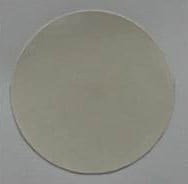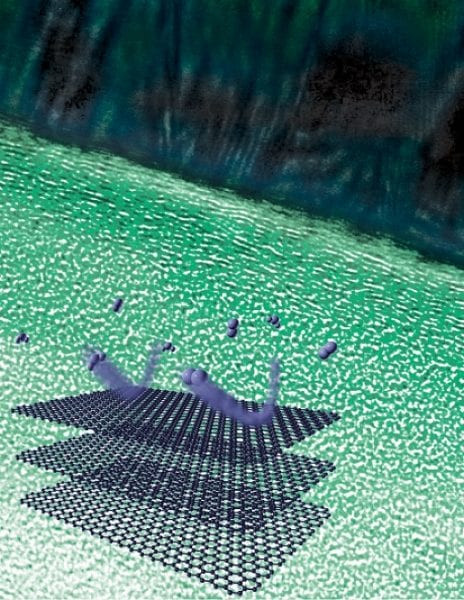 As well as possessing unique electronic properties and robust mechanical properties, a perfect graphene sheet does not allow diffusion of small gases or liquids through its plane. Consequently, studies are currently being carried out with the aim of using it in gas- and liquid-barrier applications. Moreover, the latest developments in larger scale production of graphene and its derivatives, in particular solution processing, have brought about their successful integration with polymers.
As well as possessing unique electronic properties and robust mechanical properties, a perfect graphene sheet does not allow diffusion of small gases or liquids through its plane. Consequently, studies are currently being carried out with the aim of using it in gas- and liquid-barrier applications. Moreover, the latest developments in larger scale production of graphene and its derivatives, in particular solution processing, have brought about their successful integration with polymers.
Recent research into combining graphene, graphene oxide and reduced graphene oxide with polymers for use as barrier materials is described in a fascinating review by Ho Bum Park and co-workers at Hanyang University. Park feels that lessons can be learned from the carbon nanotube commercialisation process: “Graphene oxide or reduced graphene oxide nanoplatelets can be mixed, coated and printed, and such solutions are available for a variety of polymer applications. These applications will be achieved much earlier than any other promising graphene applications.”
 The gas-barrier performance of some polymeric materials can meet several food packaging criteria but not all, and the performance is still insufficient for electronic devices – such as organic light emitting diodes and liquid crystal displays – and vacuum-insulating applications. Other materials used as barriers also suffer drawbacks, for example, inorganic and organic multiple layer coating methods for electronic devices are expensive and scale-up is difficult; and aggregation of clay layers in polymer-clay nanocomposites causes a reduction in barrier properties.
The gas-barrier performance of some polymeric materials can meet several food packaging criteria but not all, and the performance is still insufficient for electronic devices – such as organic light emitting diodes and liquid crystal displays – and vacuum-insulating applications. Other materials used as barriers also suffer drawbacks, for example, inorganic and organic multiple layer coating methods for electronic devices are expensive and scale-up is difficult; and aggregation of clay layers in polymer-clay nanocomposites causes a reduction in barrier properties.
At present there are two major routes to using graphene-based materials in barrier applications of polymers. One is the transfer or coating of few-layered, ultrathin graphene and its derivatives on polymeric substrates. The other is the incorporation of fully exfoliated graphene oxide or reduced graphene oxide into the polymeric matrix. The review featured in the Journal of Applied Polymer Science details the synthesis and properties of these materials, and brings to the fore the advantages of their use over alternative nanomaterials currently used for barrier applications. Of course there are still limitations and these are also highlighted. Nevertheless, there seems great promise; the challenges are providing the stimulus for future research.

















